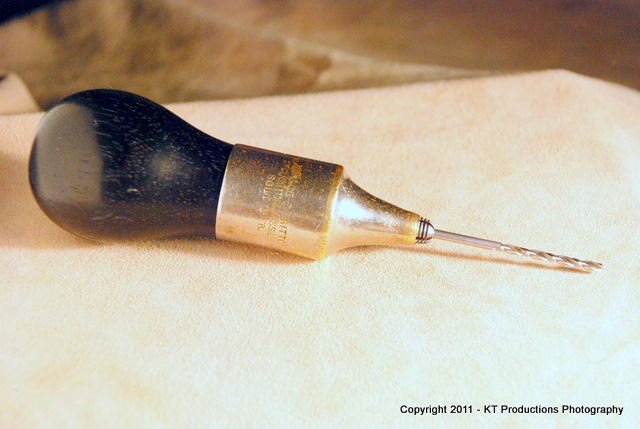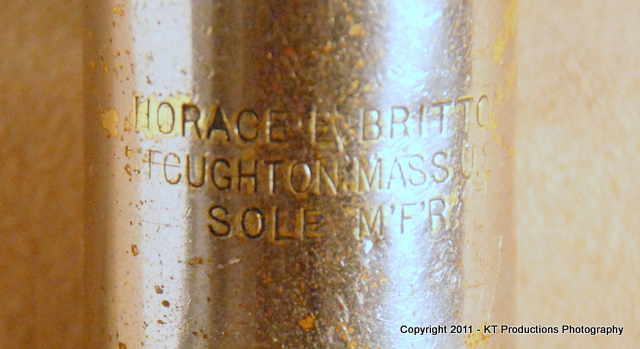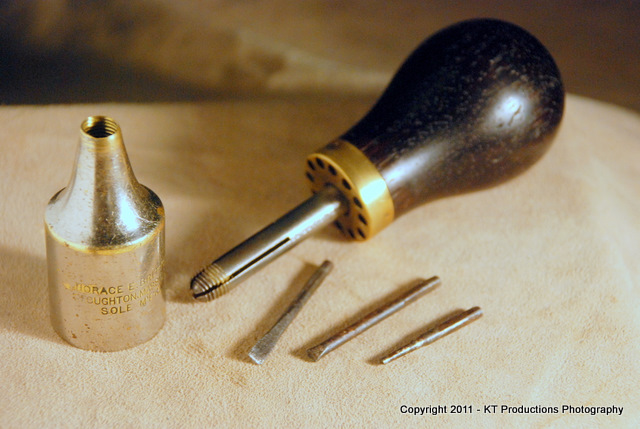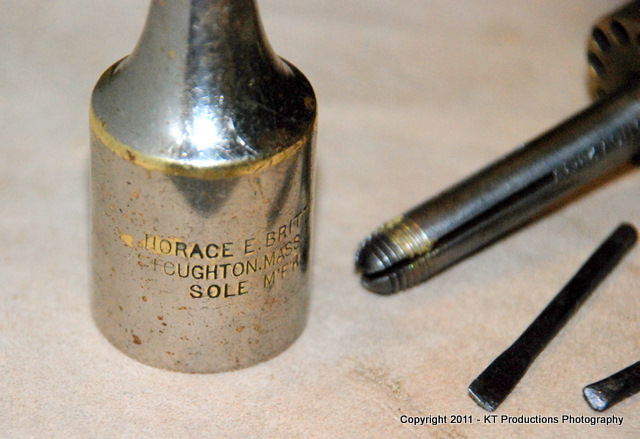Mr_P":1khroios said:
OK, you win. I'll probably stop at the 2 footer... hard to find many uses for it. The arrow will be military, MOD I expect (given date too). Maybe they were used more as engineering tools than for woodworking? Mine came from Scotland I think so was likely used for opening the paint tins on Forth Bridge.
So the arrow means military, learn something new everyday, so guess its a WMD as issued to the Home Guard.
Have a few more somewhere all came in job lot from the estate of an amateur dealer/restorer who seemed to purchase all his kit from Lazarus Auctions (Watford phone number).
Thanks for the pic AndyT, guess in the good old days before electric drills a big screwdriver was a better option than using a drill brace upside down.
It means to a military contract/specification, often accompanied by the numbered spec. against which it was made.
It's possible that there's no maker's mark because it was also "war finish": In the early part of WWII, the Ministry of Supply told tool manufacturers to make less effort finishing tools, so as to reduce cost and production time.
I think many manufacturers initially resented this. So I have a Record #4 that was originally grey-blue (RAF-ish) all over (including the handles!). Instead of rosewood, the handles are beech. The lateral adjuster has "war finish" stamped into it. It's actually a pretty nice smoother (to be fair, I have flattened the sole and tweaked the frog, but that's probably compensating for age), and it's hard to see how the changes made much difference to production cost (apart from the wood used). I think Record were making a point!
Later, as materials became really scarce and cost a crucial factor, they dispensed with 'war finish' labels - everything was made to it, after all! I suspect your screwturn came from that period.
I believe the same finishes continued for a while after the war, too. It's easy to understand the demise of many tool making firms at that point - they would have been in full-on wartime production, to cover losses from enemy activities, etc., then, when peace was restored, many of the military tools were re-used in civilian life, so sales would have collapsed. The late 1940s and 1950s must have been tough for them, despite the need to rebuild infrastructure, etc.
E.


















































